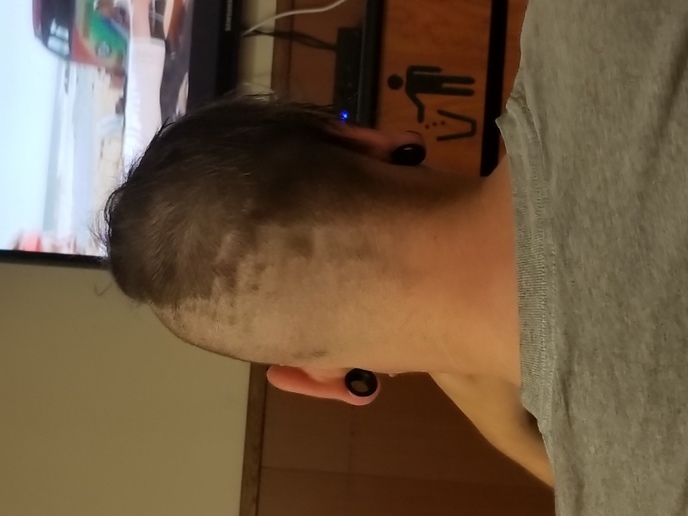I guess I"ve been reading too many trade magazines where this stuff has been studied, and personally seen it happen on customers equipment. That said, your right in the fact that a glob of grease will tend to somewhat keep water out, but the problem is that same glob of grease also attracts, and holds dirt/grit. The result is that the dirt and grit tend to basically turn the grease into lapping compound. In turn it will eat the seal, as well as cause the seal to cut into the shaft. The only way to prevent this is to keep the area around the seal grease clean, which pretty much negates the greases ability to seal out water and contaminates. I see the same thing all the time on equipment, and what it works out to is that there is such a thing as over greasing on any type of joint, or bearing. Granted I don"t see this happening in this scenario because most tractor and implement bearings aren't going to see a high enough speed to really get hot, but the rolling resistance in a bearing with to much of a grease load is increased to the point that it can cause it to overheat.
That said, it is the seals job to keep out water and contaminates, not the job of the grease. At the same time, it's the greases job to lubricate the bearings, not seal them. IF you have the seal backwards then it can't do it's job. IF you have gobs of grease pushing past the seal, then the grease can't do it's job. Basically what you have then is a situation where you have to keep greasing the part to insure that the grease stays where it's supposed to be to seal the joint, because the seal is no longer doing it. When done properly, the seal does it's job, with no help, and with good quality grease, it does it's job with no help.
Think about it like this. The wheel bearings in your tractor, or on your trailer, are no different than the wheel bearings on your car or truck. Who would even think of doing something like this to the wheel bearings on either of those types of vehicles. In reality you really shouldn't simply because the gobs of grease pushing past the seal will get on the brake shoes. At the same time, those bearings are the very ones that see way more abuse than the ones on your tractor, or implement. First they are spinning a lot faster with a load on them all the time. Then, the shock loads to them when you hit a pot hole, etc at 60 MPH are as great or greater than anything your tractor, or implement, is going to experience. Still they work just fine day in, and day out just as they were designed to do.
As a mechanic, I can see the value in using one of them on something like a boat trailer where the wheels get submerged, and water has the potential to get in the bearing housing. On the other hand, in general use, I have seen just as many bearings fail that used the "bearing buddy" or some variation thereof, as I have those that had nothing but a plain dust cover. Like I said originally, most wheel bearing failures, at least that I have seen, come from not keeping them tight/preloaded, not from a lack of lubrication. So, if your doing proper preventative maintenance, your going to have to take the dust cover off to check the preload now and then anyways. So, why not go ahead and pack in a little grease when your there, and let both it, and the seal do their jobs...........Instead of wasting a lot of time and grease where it"s not really needed?
Ultimately, what I see in most of these type things (at least on the commercial side) is just another 'better mousetrap' that someone is getting rich off of, but really isn't doing much good for the folks that buy them, in most cases, because nothing beats proper preventative maintenance. But that"s just my opinion based on 30 plus years of working on machines, trailers, vehicles, and all types of bearings, in many different applications.



